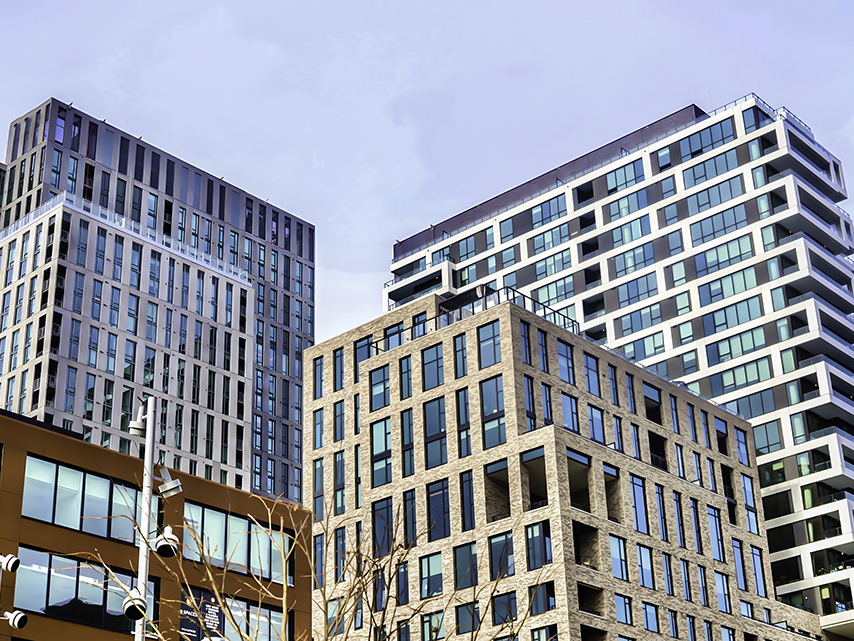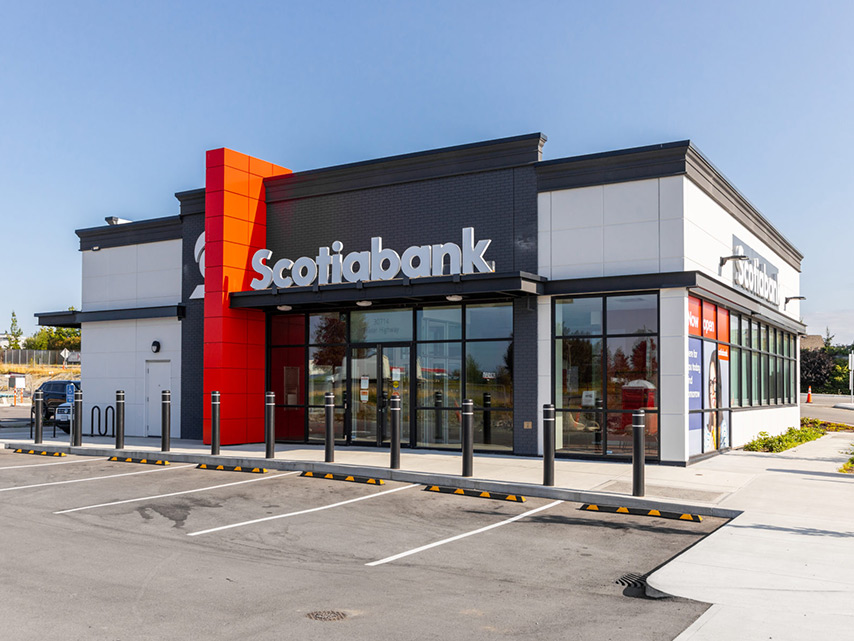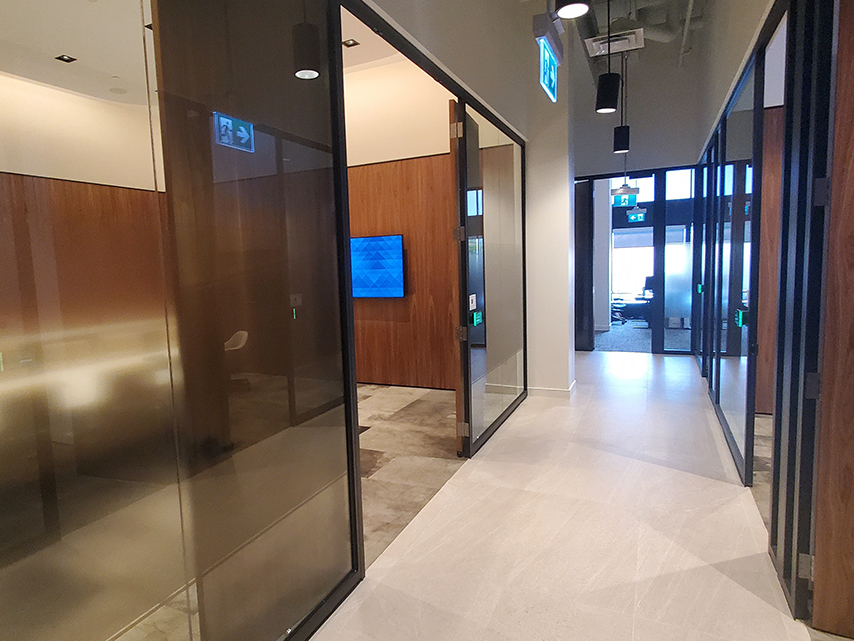Intelligent HVAC Systems
Modern commercial buildings are inherently complex; a prerequisite if they are expected to perform consistently over time. [Even a small 3 storey building is more intricate that a wide body Jumbo jet!]
Operational fine-tuning in our ever-changing environment requires diligence, especially in light of the 8 climate zones in Canada & the US which range from Tropical in the far south, Mediterranean in parts of California, Maritime near the oceans & Subarctic in large areas of Canada & Alaska.
The most demanding system, especially in commercial buildings are HVAC grids, rivaled only by building envelopes in sophistication; costly to operate & maintain. [HVAC systems in commercial buildings consume far more energy than any other system; 45%]
HVAC In Commercial Buildings require proper maintenance; The technology of indoor environmental control in provision of thermal comfort & suitable indoor air quality is a subdiscipline of mechanical engineering involving thermodynamics, fluid mechanics & heat transfer.
Components typically include; Air conditioning; Dehumidifying & removing heat using refrigeration cycles.
-
Condensers; Removing heat on the hot side of conditioners transferring heat away.
-
Air handlers; Conditioning & circulating air using blowers & cooling elements connected to ductwork distributing conditioned air.
-
Terminal units with filters, coils & blowers & Make-up air units mounted on roofs.
-
Chillers; Removing heat by channelling through coils in handlers & fans to cool & dehumidify air while
-
Air-cooled Chillers cool with fan-driven air.
-
Water-cooled chillers where heat is carried to “heat sinks “in cooling towers.
New autonomous “smart” HVAC systems operate on principles of continuous “micro” adjustment” utilizing acquired data in combination with sophisticated "artificial intelligence" systems. (Continuously monitoring indoor conditions using real-time data points like outdoor conditions, sun position, fan speed, occupant density & more - optimizing comfort, health & indoor safety.)
You may be acquainted with building automation however some newer “self-adaptive” HVAC systems add another stratum; Artificial Intelligence [AI], serving to anticipate & micromanage HVAC networks to a degree not possible before.
By making micro-adjustments in anticipation of occupant & equipment needs, BrainBox AI is able to not only maximize energy consumption, but micromanage air quality, which is of increasing importance with the persistent challenges of the Covid-19 pandemic.
AI-driven HVAC systems progressively monitor indoor conditions including air quality, temperature, occupancy & other factors to optimize comfort as well as health & safety - leading directly to enhanced productivity, estimated 60% improvement in occupant comfort and 40% decrease in carbon footprint.
With today’s concerns related to airborne pathogens, AI can enable an important upgrade in commercial portfolios quickly. According to
Rebecca Handfield, Senior Director of Marketing at BrainBox AI. BrainBox AI not only substantially improves operational efficiency, but also long-term sustainability while ensuring occupant health & safety; all factors that are currently major concerns for building owners.








